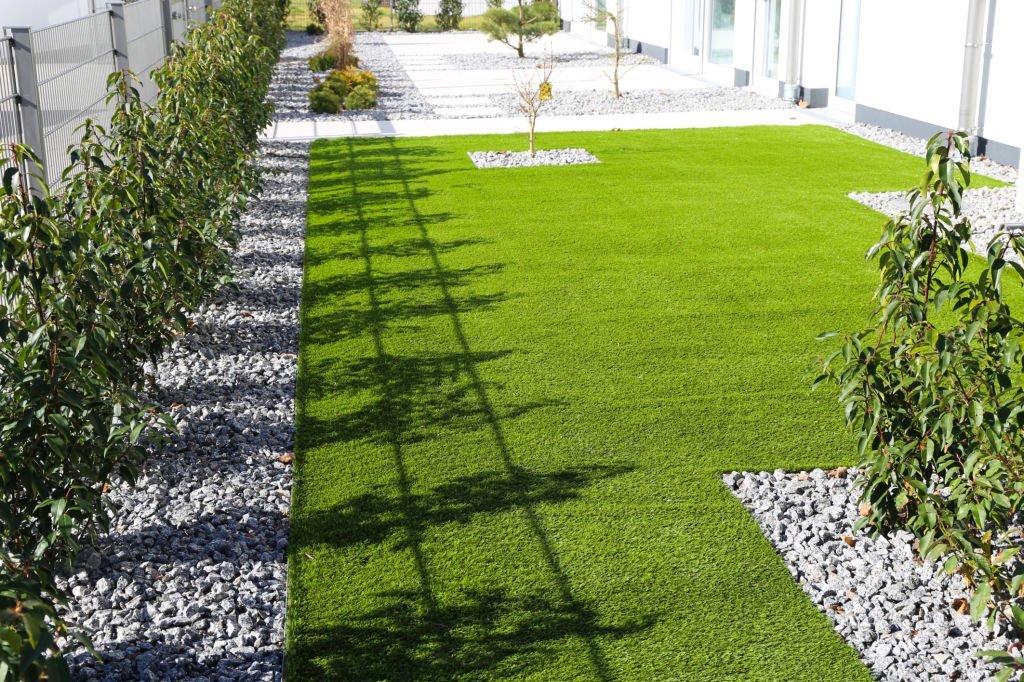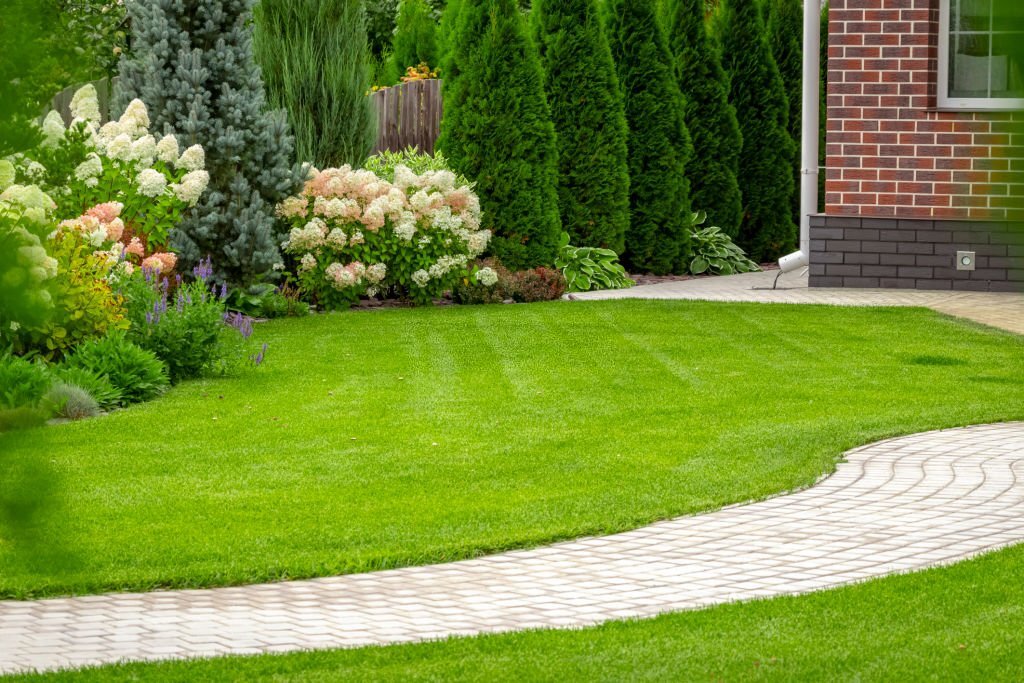The Pros and Cons of Artificial Turf vs Natural Grass Lawns

When it comes to creating a beautiful lawn, homeowners have two main options: natural grass or artificial turf. Both have their own set of pros and cons, and the decision of which one to choose will depend on your specific needs and preferences.
Pros of Artificial Turf:
Low Maintenance: Artificial turf requires very little maintenance compared to natural grass. It doesn’t need to be mowed, watered, or fertilized, which can save you time and money.
Durability: Artificial turf is designed to withstand heavy use, making it a great option for high-traffic areas such as sports fields and playgrounds.
Drought-Resistant: Artificial turf is made of plastic fibers, so it doesn’t require water to survive. This makes it a great option for areas prone to drought or water restrictions.
Pet-Friendly: Artificial turf is easy to clean and doesn’t have any toxic chemicals, making it a safe option for pets.
Cons of Artificial Turf:
Expensive: The initial cost of installing artificial turf is higher than natural grass.
Heat Retention: Artificial turf can retain heat, making it hot to the touch and uncomfortable to walk on during hot summer days.
Not Environmentally Friendly: Artificial turf is made of plastic, which is not biodegradable, and it requires energy to produce and transport.
Not Natural: Artificial turf doesn’t have the same natural look and feel as real grass.
Pros of Natural Grass:
Natural Look and Feel: Natural grass has a natural look and feels that many people prefer.
Environmentally Friendly: Natural grass is a living organism that cleans the air and water, and provides a habitat for wildlife.
Cooling Effect: Natural grass can reduce the temperature by providing shade and releasing moisture through transpiration.
Cost-effective: The initial cost of installing natural grass is lower than artificial turf.
Cons of Natural Grass:
High Maintenance: Natural grass requires regular maintenance such as mowing, watering, and fertilizing.
Water-consuming: Natural grass requires a regular supply of water to survive, which can be costly, especially in areas of water scarcity.
Pests and Diseases: Natural grass can be prone to pests and diseases, which can be difficult to control.
Not Pet-friendly: Natural grass can be difficult to clean, and it can have pesticides and chemicals that can be harmful to pets.
Ultimately, the decision of whether to go for natural grass or artificial turf will depend on your specific needs and preferences. Both options have their own set of pros and cons, and both can create a beautiful lawn. Be sure to consider the cost, maintenance, environmental impact, and the look and feel you want before making your decision.
